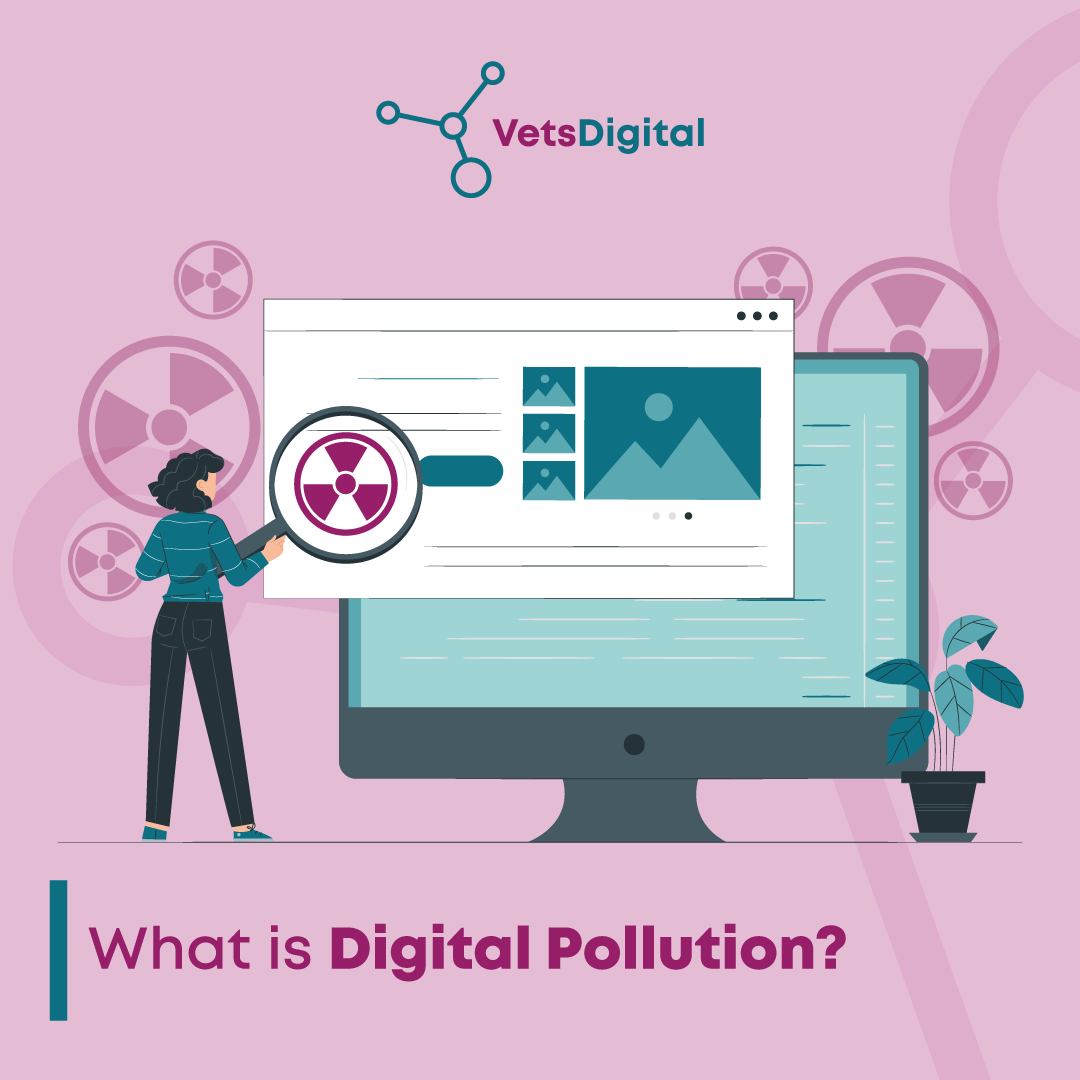Local search, News, SEO,
How do I know if SEO is working for my veterinary practice?
Search engine optimisation (SEO) should always be viewed as a long-term strategy rather than something that will drive instant results.
But how can you tell if your investment in SEO is actually working hard for your vet practice?
… And what happens if it’s not working at all?
These are important questions to ask because, ultimately, if your SEO isn’t providing you with beneficial and quantifiable outcomes, there’s no point in channelling valuable investment into it.
Plus, understanding how well your SEO strategy is performing will help you to make vital changes to drive even better outcomes.
Don’t forget: the online space is competitive and even the smallest increase in SEO results could mark the difference between getting the edge over your local competitor and securing that new pet owner or losing out.

Here are some metrics to keep an eye on, which can all be viewed in Google Analytics.
1. Impressions
An impression is made every time your site can be seen on a Search Engine Results Page (SERP) but isn’t clicked on by the searcher.
If you’re seeing plenty of impressions and few clicks don’t be discouraged, particularly if your SEO campaigns are relatively new. Remember, it takes time before your site will appear on the first page of search results.
If you can see that your impressions are increasing, your SEO strategy is likely working!
2. Organic search traffic
Organic traffic is one of the most beneficial forms of traffic. If you can see that you are attracting more organic visitors, this could indicate that your approach to SEO is starting to prove successful.
As a reduction in organic traffic could signify that your SEO strategy needs some adjustment, it is important to compare levels of organic traffic during the same periods each year to allow for seasonal trends in pet ownership. So, you may choose to compare January-February 2020 to January-February 2019, for example.
3. Ranked pages
Your veterinary practice should be consistently sharing fresh content designed to appeal to your audience of local pet owners. This will result in an increase in the number of pages your site has. If you can see that the number of pages, you’re ranking for is increasing, your optimisation tactics are likely working.
If your ranked pages aren’t increasing, your site could be experiencing searchability and indexing issues. In short, this means that your content won’t be seen by the target pet owners you really want to connect with. Take a look at Google Search Console to identify the issue.
4. Backlinks
Every time you earn a link from an external, high-quality website, the owners of the website are essentially giving you a vote of confidence. One of the easiest ways to earn backlinks is to consistently share excellent and valuable content that other pet related websites want to share with their audience. For example, a local dog groomer may want to share an article from your website about cleaning a dog’s ear.
If your backlinks are increasing, this can be a strong indicator that your SEO strategy is helping you to make significant progress.
Just don’t forget to evaluate the quality of these backlinks because links from low-quality sites could have a detrimental impact on your site’s standing.
5. Rankings
Although it’s important not to place too much focus on rankings because factors including traffic and conversions are also vital to success, understanding your ranking position will help you to determine the efficacy of your approach to SEO.
If you’re working your way up the rankings for your target keywords, you’re going to be on the right road to SEO success!






